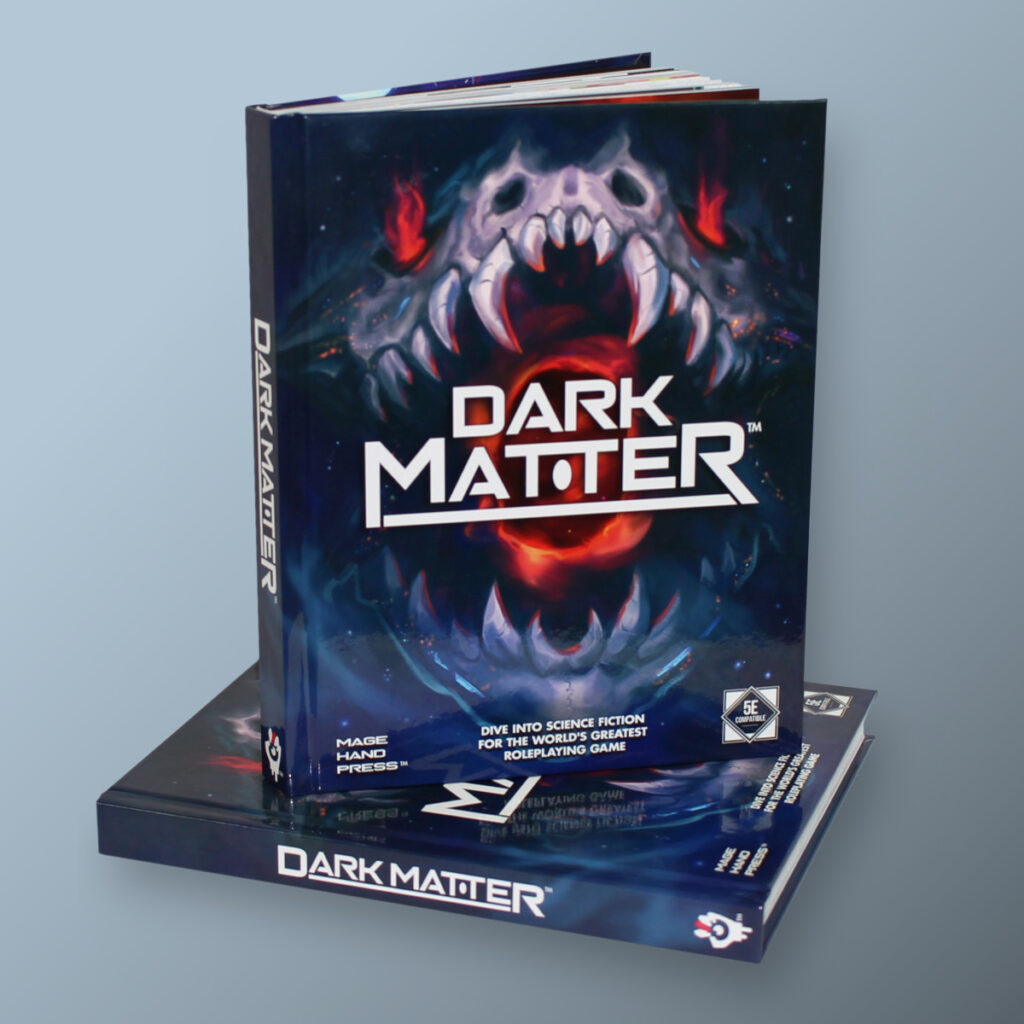It’s time we talk about Siegeball. People in every campaign world need some form of recreational past time, apart from killing monsters and going on quests, of course. Siegeball, a concept I stole /tg/ (read about it here), was my go-to for campaigns set in 3.5. It’s fun, violent, complements all kinds of characters, and makes clever use of existing game mechanics. However, the sport sorely needed an update for 5th edition, so I’ve taken it upon myself to simplify the sport a little and convert it over.
The Game
Siegeball is a game played between two teams of five players each. Each team has a tower to defend from the other team. Players can’t attack the towers directly, however. Instead, there is a single ball which can be used to knock down the towers. A team loses when their tower falls.
The Arena
The game is played in a walled rectangular arena. Normally, this arena is 140 feet long by 45 feet wide (28 squares by 9 squares), though arenas of all sizes and shapes exist. Each team’s tower, a 5-foot dimeter pillar made of wood or loose stone, is set up 10 feet from each end of the arena lengthwise. Towers have 25 hit points and can only be damaged by the impact of the ball.
The Ball
Central to the game of siegeball is the ball, an especially dense sphere of solid rubber or wrapped leather that is pursued by the players. The ball is astoundingly heavy, and players move it by attacking it. Though in some places, players strike the ball with their hands or fists, usually players are given bats (which use the statistics of a club), or even more powerful melee weapons, like warhammers and mauls.
The ball has an AC of 8 and a pool of Momentum Points, which determine how fast it’s moving.
Attacking the Ball
When you attack the ball, you can choose to hit it in one of the eight cardinal directions. On a hit, the ball gains a number of momentum points equal to half the damage dealt to it, rounded down. The ball moves five feet in the chosen direction for each momentum point it has. As it moves, the ball subtracts one momentum point for each five feet it moves until it stops.
The ball can collide with wall, objects, or towers.
Colliding with a Wall
If the ball collides with a wall, it bounces off at an angle corresponding to its direction and continues to move until it stops.
Colliding with a Player
If you are not prone, you can use your reaction to hit the ball if it collides with you. To do so, make an attack roll targeting the ball. While moving, the ball has a bonus to its AC equal to its current momentum points. On a hit, roll damage as normal, remove the ball’s current momentum points, and send it in a new direction. If you miss, the ball hits you, and you take damage equal to the ball’s current momentum points and are knocked prone.
If you do not use your reaction to stop the ball, it rolls past you.
Colliding with a Tower
If the ball collides with a tower, it deals damage to the tower equal to the ball’s current momentum points and then stops.
Playing the Game
The game begins with a tip-off in the center of the arena. A player from each team makes an attack roll against the ball. The player with the higher attack roll successfully attacks the ball. Players begin within 10 feet and 30 feet of the ball, but need not begin on their own side.
Players act in initiative order. If preferable, the DM can choose for the teams to take turns acting, instead of keeping track of the players individually. The game ends when a tower is reduced to 0 hp.
Siegeball is a widely-played sport and the exact rules and standards change wherever the game is played. The only concrete rule of Siegeball is not to attack your opponent’s tower directly. In most arenas, using magic and attacking players directly are also considered cheating (though this doesn’t stop some witches and wizards from influencing the games anyway). However, other behaviors, like shoving opposing players or kicking dirt into their eyes, is tolerated and sometimes even encouraged.
In seedier games, Siegeball is a violent, high-stakes competition. with spellcasters on both sides attempting to secretly fix the game for their side, while the players try to disguise outright attacks on their opponents as legitimate maneuvers. Bets on Siegeball range from a few silver pieces to bags of gold, and games are particularly cut-throat when fortunes are on the line.



